"The last three years, worsened also by covid-19 and the climate change, have been very complicated for plantains, with missing investments in plantations in Ecuador and Colombia. First and foremost, the investments in agrochemicals, due to rising prices," explains Giorgio Donnarumma, sales manager of the Milan-based Nuovafrutta. "Volumes have been increasingly reduced in quality, both for ripe Colombian plantains and green Ecuadorian plantains. If we normally sell 3 containers per week, right now we are commercializing a little less because of a poorer supply of goods."
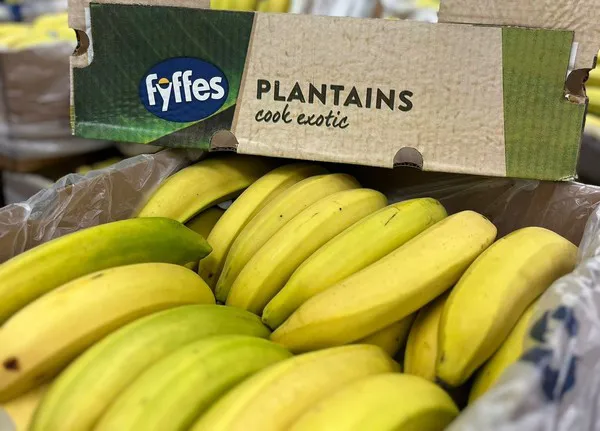 Ripe Colombian plantain, branded Fyffes (photo provided by Giorgio Donnarumma)
Ripe Colombian plantain, branded Fyffes (photo provided by Giorgio Donnarumma)
"The prices of the product being purchased have, therefore, grown and not a little. If in the pre-Covid era, on average the quotation was 25 euros per a 21-kg crate or so, now we are talking about 10 euros more, that is 35 €/crate," continues Donnarumma. "The current situation is now stabilizing, and this will be clearer especially from 20 June onward, when plantain imports from Ecuador will start to resume. In fact, the import has been blocked since April due to quality issues." Nuovafrutta is working with Fyffes and Dole.
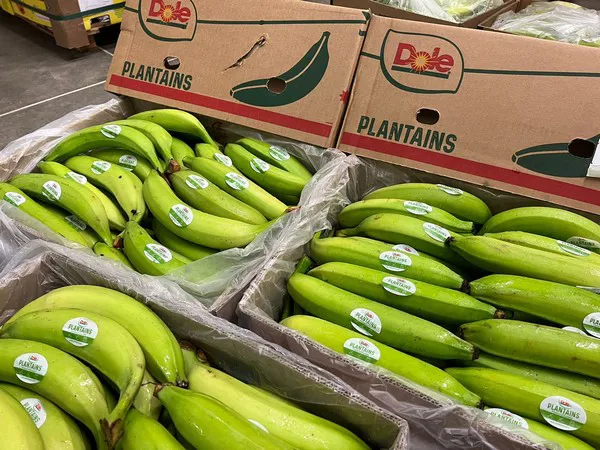 Ecuadorian green plantain, branded Dole (photo provided by Giorgio Donnarumma)
Ecuadorian green plantain, branded Dole (photo provided by Giorgio Donnarumma)
However, Donnarumma pointed out how other countries, which were not previously considered by the European market, have been able to stand out and be a potential alternative. "For example, Costa Rica, with which we have been working for a few months now, with excellent results, and Mexico. However, the plantations over there are young and the volumes, at the moment, are still limited. Another alternative country is Guatemala."
The wholesale company also sells plantain chips, in various flavors. "However, the product is only sold in ethnic stores."
Yuca or cassava
"Costa Rica's yuca is another very unique market segment. Being a root, it is affected by climate change. As with plantains, prices for yuca have changed from pre to post-Covid, with a difference of about 10 euros per 18-kg package. It went from 24-25 to 34-35 €/package. The price increases were mainly due to an increase in sea transport costs: from $3,000-4,000 pre-Covid to $6,000-7,000 now."
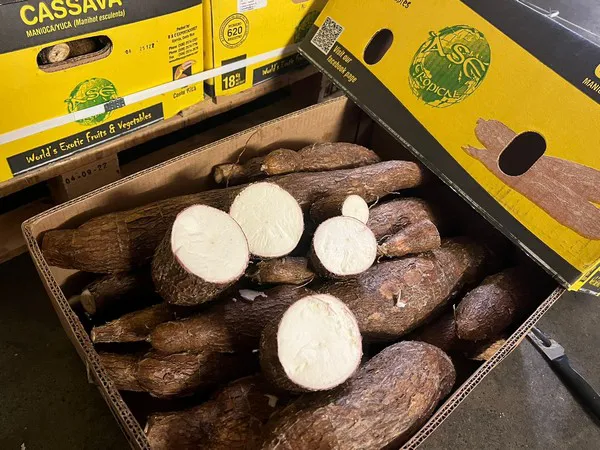 Costa Rica's Yuca (photo provided by Giorgio Donnarumma)
Costa Rica's Yuca (photo provided by Giorgio Donnarumma)
According to data provided by Donnarumma, yuca is a product consumed much less in the summer. "In terms of quality, the current product is not perfect, as it is affected by the drought in Costa Rica. It has not rained in the country for two months."
Ginger
The situation is peculiar for this product as well, according to Donnarumma. "Chinese ginger prices remain very high. We are talking about more than $3,000 per ton in purchases (CIF-Cost Insurance and Freight Rotterdam) versus $1,500 last year. As a result, consumption is declining."
"Costa Rican ginger shows poor quality but a satisfactory price. A 13-kg crate costs around $22 FOB (Free On Board). Soon, the Brazilian product campaign will also commence, arriving by sea, and after 10 June the market is expected to stabilize."
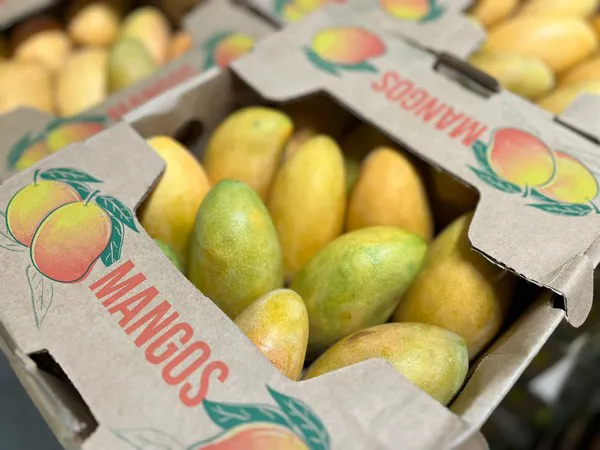 Santo Domingo yellow mango (photo provided by Giorgio Donnarumma)
Santo Domingo yellow mango (photo provided by Giorgio Donnarumma)
Yellow Mango from Santo Domingo
"This year the product is spectacular, with very high quality and great flavor. Due to the fact that Peru has finished the season and Mexico has not yet started, the fiberless fruit is also appreciated by some Italians, despite being entirely yellow. The price is around 4 €/kg and sales, for our company, have increased by 10-15%. From 800-1,000 cases per week, we have gone to selling 1,500. Remarkable quantities for this type of mango."
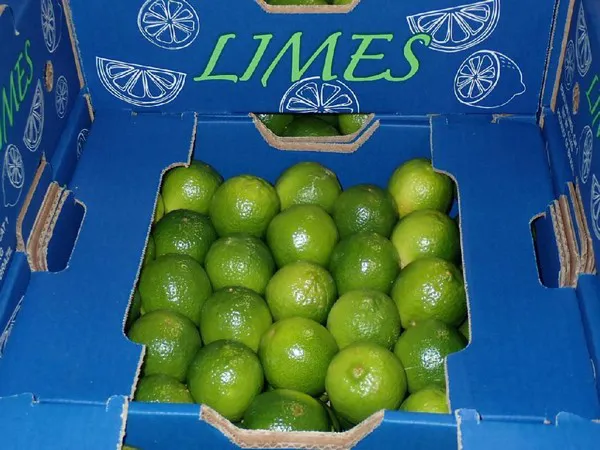 Brazilian limes (photo provided by Giorgio Donnarumma)
Brazilian limes (photo provided by Giorgio Donnarumma)
Limes
The market is collapsing. "I foresee a strong downward spike for next week (the 21st of 2023, ed.). If the Brazilian lime is being sold at €9 to €10/pulp as of today, in the next few days the price should collapse to €5.50," concluded Donnarumma.
